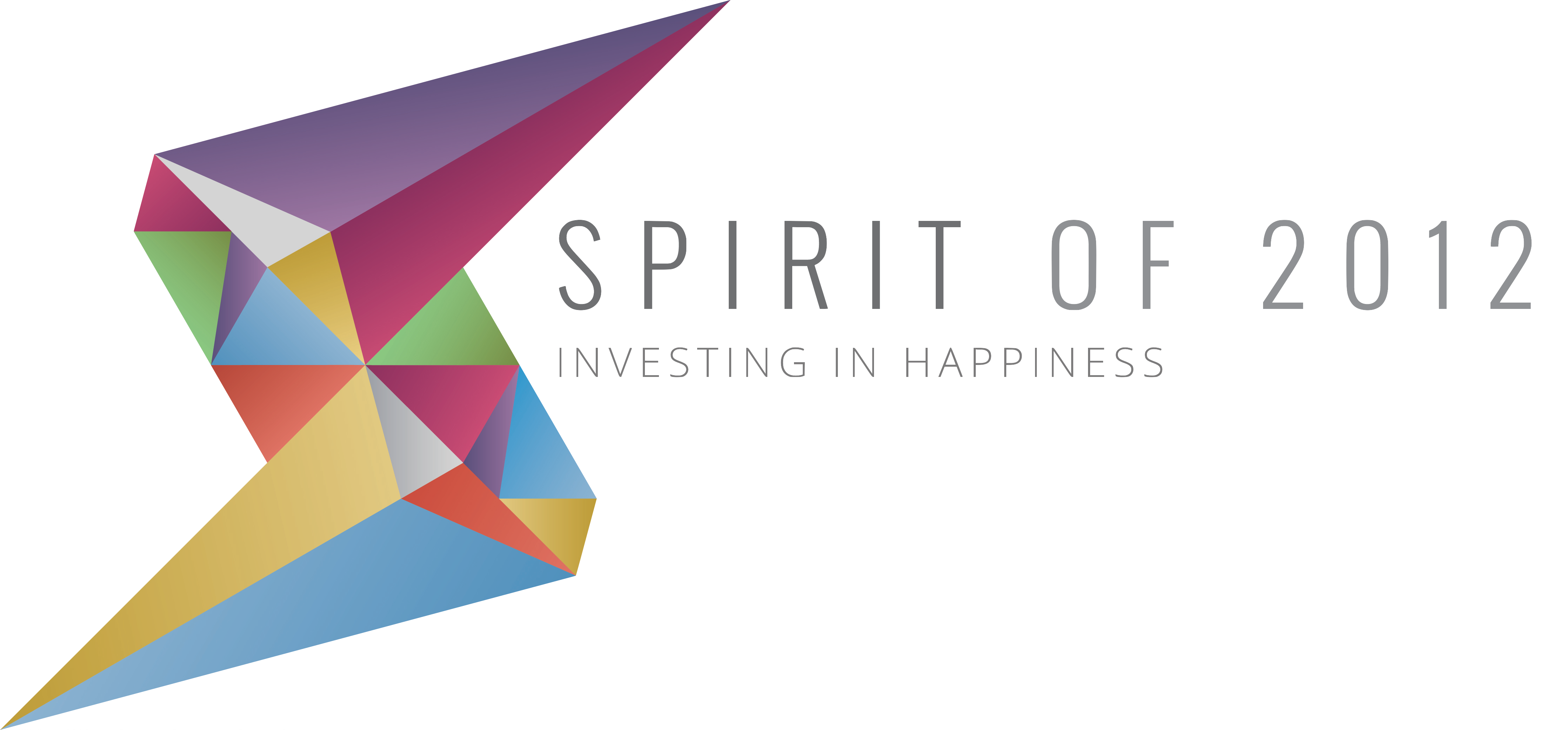Who are the people we are trying to reach?
Knowing who your participants are will help you decide which activities to provide. It will also help you plan where, when and how best to run sessions, as well as how to encourage people to come along.
Who are the people we are trying to reach?
Knowing who your participants are will help you decide which activities to provide. It will also help you plan where, when and how best to run sessions, as well as how to encourage people to come along.
Golden Nugget
“Get a real understanding of the people and community where you provide services”
This question is important because:
Knowing who your participants are will help you decide which activities to provide. It will also help you plan where, when and how best to run sessions, as well as how to encourage people to come along.
People who are particularly likely to need help to become more active include: those who are socially isolated, those living in areas of high deprivation, black and minority ethnic groups, people with long-term health conditions or disabilities, women and girls, elderly people and those who are overweight.
The more you understand about the people you hope to work with, the more likely you are to be able to offer activities which will attract them and meet their needs.
Research
The University of Strathclyde’s report tells us that a move to a more person centred approach (as opposed to group analysis of barriers and motivations to becoming active) will have a greater impact on levels of inactivity. You should identify and work with people at an activity level that is appropriate to them individually, responding to what they say about the activities that interest and motivate them.
Key messages:
- Find out as much as you can about the people you hope will join in your activities.
- The more you understand about people and their community, the more likely you are to find those who are inactive.
- Consider how you can involve these people in the planning, delivery and review of your activities.
- Identify and contact the leaders from your community who can help you reach the people you want to engage.
- Be clear about why you think they need your service.
- Decide if you want to limit who can participate and whether there will be any restrictions (eg gender, locality, age, health condition…). The more restrictive you are, the more targeted your programme will be. However, it may be that the people you want to work with are more likely to come along if they can come with a friend.
- Be aware that the ways in which you recruit your participants will influence who you reach.
Download
Active Scotland What Works Fact Sheet – inactive to active
Page summary
Who are the people we are trying to reach? PDF




